The missing submarine Titan in the Atlantic Ocean. Photo: Reuters.
After the disappearance of the OceanGate submarine Titan while taking tourists to see the wreck of the Titanic, interest in adventure tourism has returned, a multibillion-dollar industry that allows wealthy clients to explore the highest peaks, the polar regions and even outer space.
Adventures have been around since the 15th-18th centuries with explorers Columbus, da Gama and Magellan. But at that time, only a very small group loved to explore new lands.
But today, with rapid technological developments, adventures are being pushed to new heights. "By 2023, anyone with enough time, money and training can consider themselves an 'adventurer'," according to the Telegraph.
Reason
The destination of the submarine Titan was the site of the most famous shipwreck in history, which killed more than 1,500 people.
Exploring such locations is part of a phenomenon commonly known as "dark tourism."
Ground Zero. J. John Lennon, a professor of tourism at Glasgow Caledonian University in Scotland who coined the term with a colleague, says dark tourism brings “one thing we all agree on, which is collapse.”
"That collapse seems so fascinating to many of us."
View of the Titanic exploration from OceanGate's Titan submarine. Photo: Telegraph.
Additionally, most cannot afford a $250,000 expedition or any other form of travel popular with the super-rich, so flying into space, climbing Mount Everest, or exploring the ocean have become status symbols.
“It’s the feeling that you can go one step further than the crowd, that you can do something more daring, more exciting, and more secretive than everyone else,” Professor Lennon told The Atlantic.
And Sir Richard Branson, the billionaire famous for his hot air balloon adventures, said: "Being an explorer gives me a sense of being alive."
Expense
One of the first companies to turn travelers into explorers was Explore Worldwide. Launched in 1981, the company today offers more than 400 group tours to every corner of the planet.
A few years later, competitors to Explore Worldwide also appeared such as Intrepid (1989), G Adventures (1990).
Currently, adventure travel companies offer many expedition packages such as climbing Mount Everest, viewing active volcanoes, exploring the polar regions, visiting the ocean floor...
Some go further with extraterrestrial projects.
Half a century ago, businessman Barron Hilton floated the idea of a “moon hotel.” Now we’re witnessing a space race between Jeff Bezos, Elon Musk, and Richard Branson, billionaires all aiming to launch paying customers beyond Earth’s orbit in the coming years.
SpaceX Dragon spacecraft passes over Dubai. Photo: ESA.
Climbing Mount Everest (cost: $27,000-$82,000): In the 1980s and 1990s, Adventure Consultants and Mountain Madness began selling commercial trips to the summit.
Journey to Antarctica (cost $5,500): The number of tourists on expeditions to Antarctica has increased from 6,500 in 1993 to 56,000 in 2019, to around 100,000 in 2022-2023.
Space travel (cost: $47 million): Ever since American businessman Dennis Tito paid $20 million for a seat on a rocket to the International Space Station in 2001, this adventurous travel package has become popular among the super-rich. The world's three richest men, Jeff Bezos (Blue Origin), Elon Musk (SpaceX) and Richard Branson (Virgin Galactic), have joined the race to send the first paying customers into space.
Ocean Exploration (cost: $213,000-$750,000): After Jacques Piccard and Don Walsh's successful expedition to the bottom of the Pacific Ocean in 1960, ocean adventure travel packages began to appear. Eyos Expeditions listed a submersible trip for $750,000. The Titanic wreck was discovered in the middle of the Atlantic in 1985, and Oceangate made the first successful expedition to the site in 2021.
Source Zing
Source link


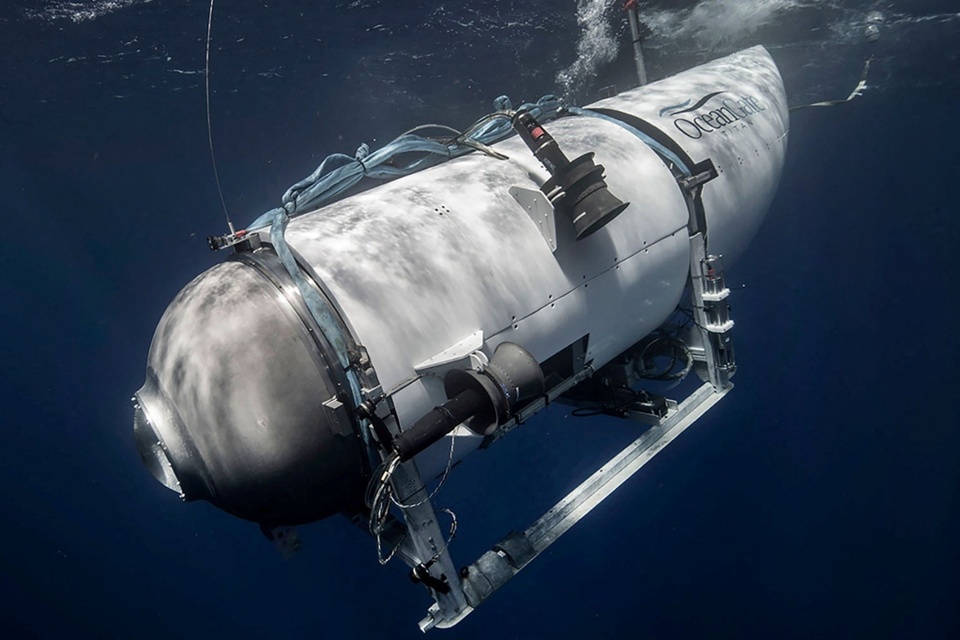
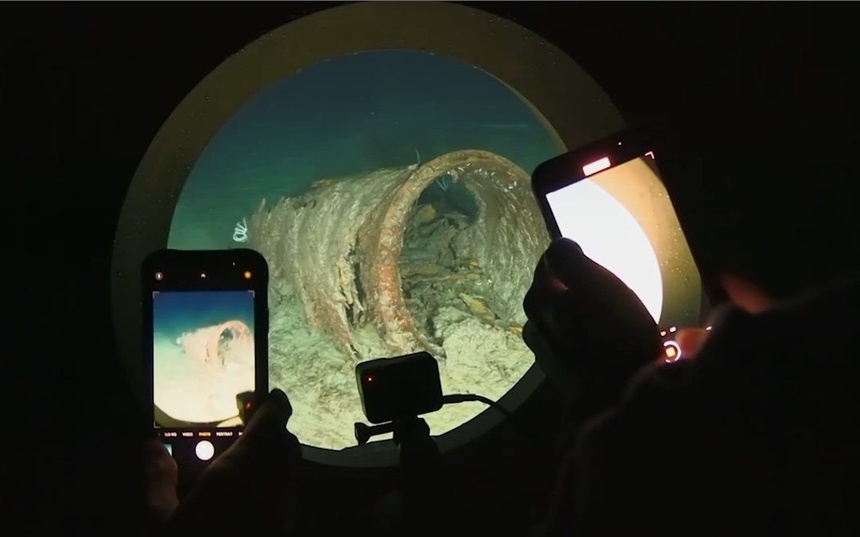
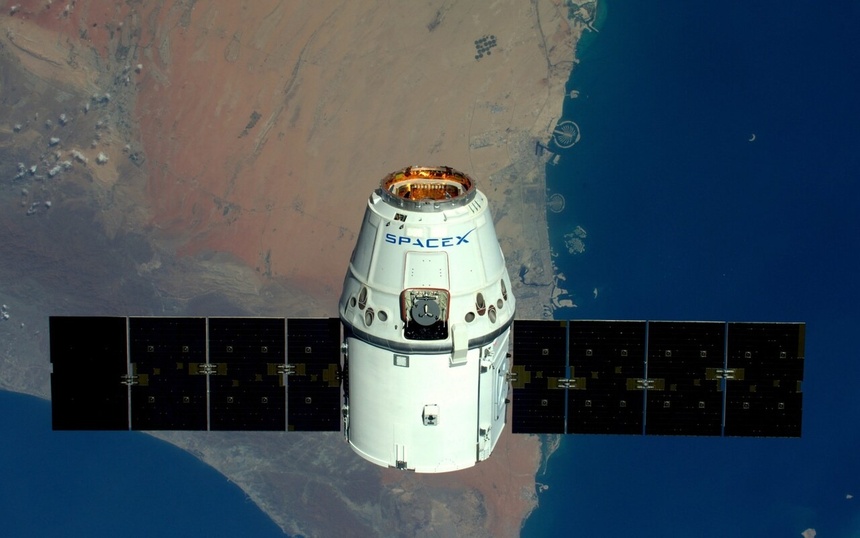




























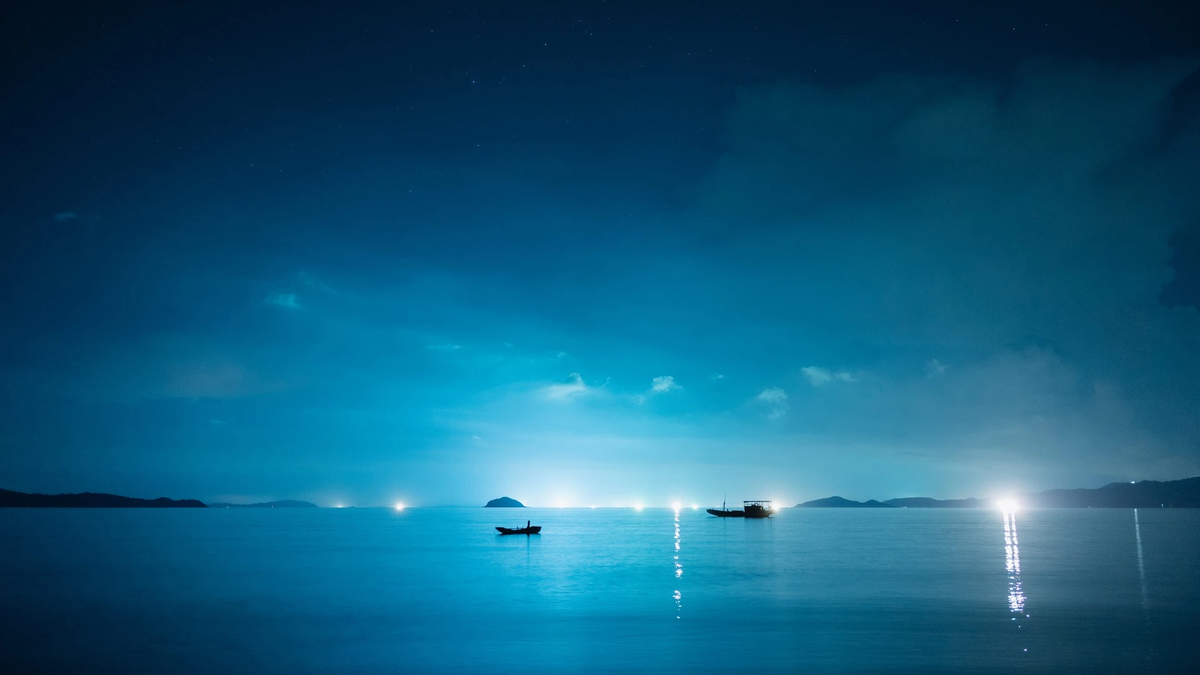



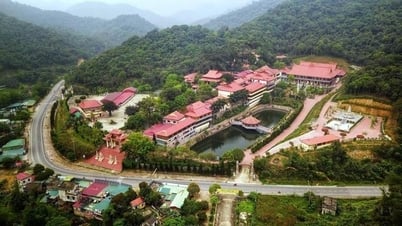






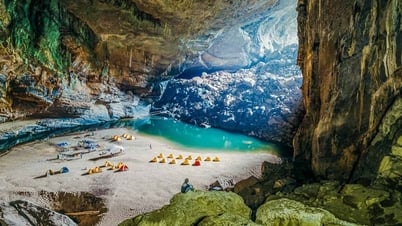












































![[Infographic] In 2025, 47 products will achieve national OCOP](https://vphoto.vietnam.vn/thumb/402x226/vietnam/resource/IMAGE/2025/7/16/5d672398b0744db3ab920e05db8e5b7d)














Comment (0)